New to the "Beekeeping for Everyone!" series?
Consider starting with Post #1, search #beekeepingforeveryone, or scroll to the bottom of this post for complete list.
Honeybee Worker
Unlike the honeybee queen, the worker name is very fitting. It is the worker bee that keeps the hive going. All workers are destined to perform all the useful tasks of the hive without distinction. Although worker bees can live almost a full year in a queenless minimal activity environment, most only live 3-4 weeks as a result of their incessant activity.
Although worker bees come from the same fertilized as as a queen, they posses certain organs, such as pollen baskets, and wax secretion glands that a queen does not.
Life Cycle
It all starts 21 days after the egg was laid, when the young worker chews herself out of the cell.
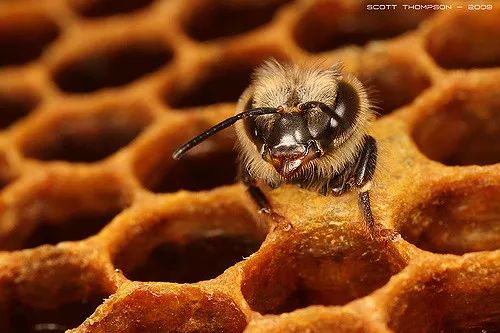
Hive Bee
For the first 21 days of her life, the worker is a hive bee and takes on daily tasks inside the hive.
Days 1-2
The first couple days of her life she cleans cells and keeps the brood warm. Honeybees are very hygienic and cleanliness is key to their health as a hive will be used for many years. All other bees create new nests each spring after exiting hibernation. They keep brood warm by beating the muscles that would normally power their wings, which increases their body temperature. They attempt to keep the brood temperature around 94F/34C.
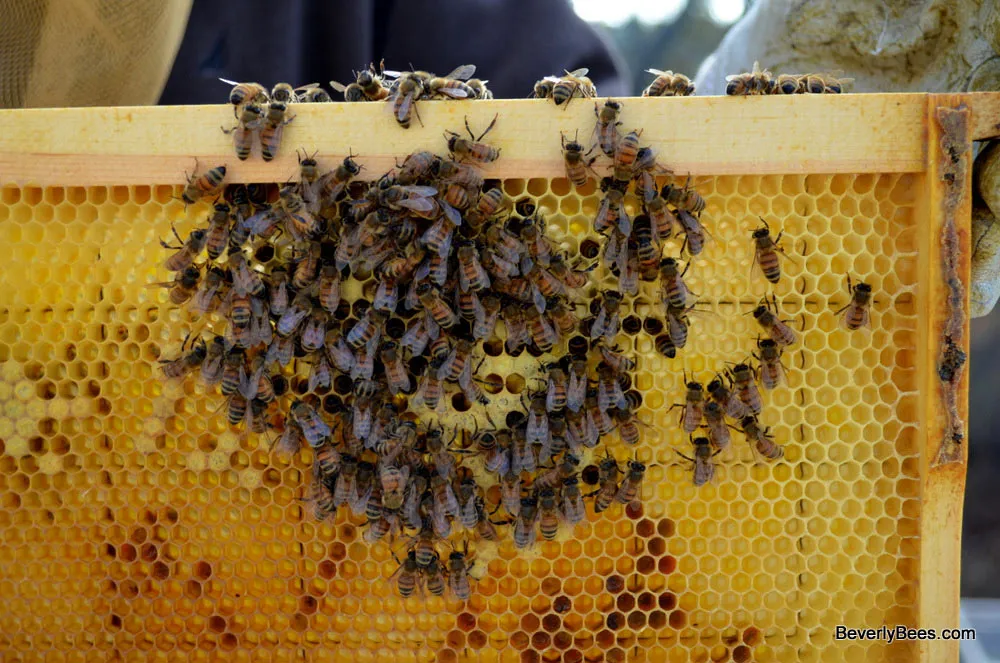
Days 3-5
After a couple of days their royal jelly glands start producing and they move on to feeding the older larvae that will soon be capped for pupation. At this point they are known as 'Nurse Bees'
Days 6-11
As their royal jelly glands get into full production they start feeding and caring for younger larvae. A larvae will be visited by nurse bees up to 10,000 times in the 6 days until it pupates. That works out to less than 1 minute between visits.
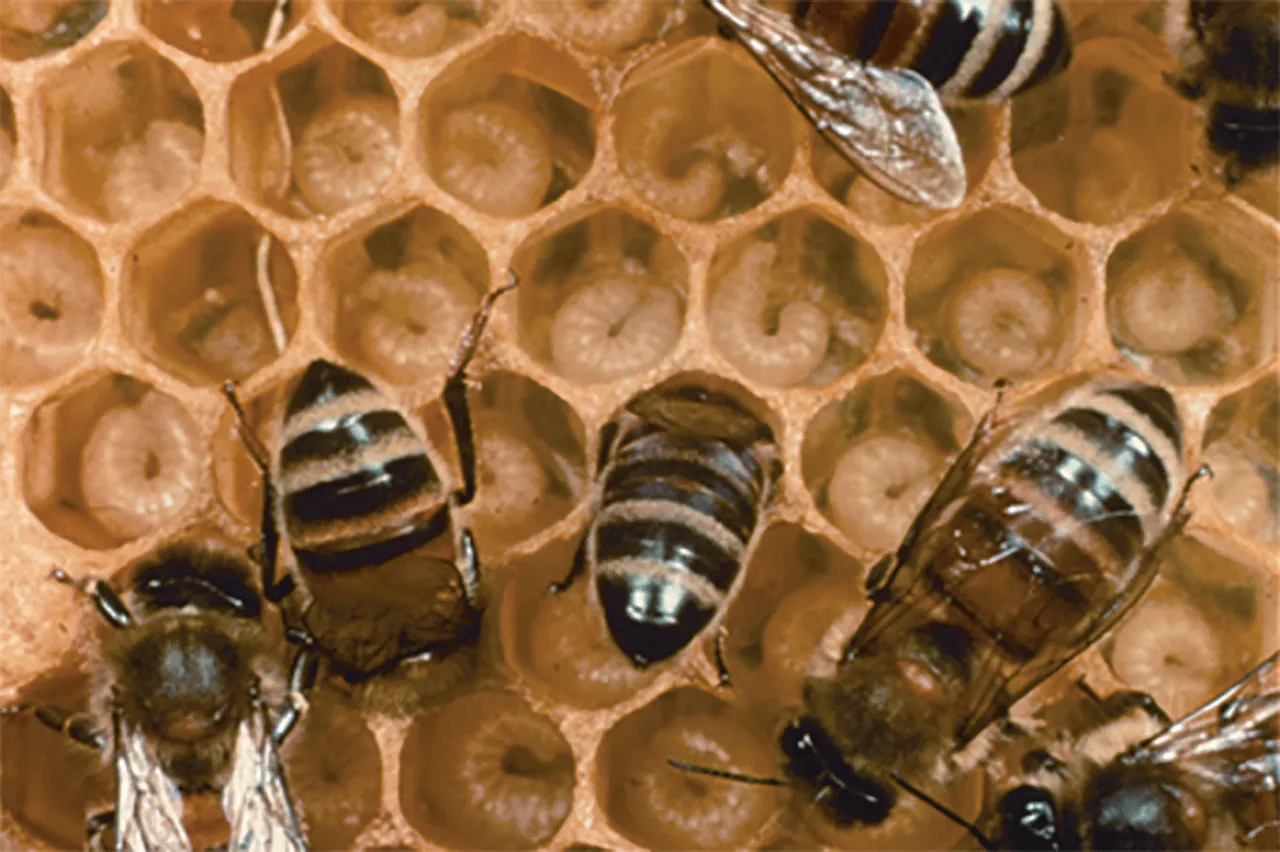
Days 12-17
As the nurse bee's royal jelly glands start to dry up, their wax glands begin to flow. Wax flakes are secreted between the exoskeleton plates on their underside. They use these flakes to build comb for raising brood and storing honey. In addition to building comb, they also move the food stores within the hive. As the nectar dries out, it is consolidated. When the water content drops below 18%, the bees will put a thin cap of wax across the cell to prevent moisture from getting to it.

Days 18-21
For the last few days of their life as a hive bee, they become guard bees and protect the hive entrance from intruders. During this time they will also take a few orientation flights. On these orientation flights they will circle around in front of the hive and get their bearings. They are such good navigators that they can fly up to 2 miles away and return directly to the hive entrance. If you move the hive by 6 inches while the are away, they will return to the exact location of the old entrance and then walk to the new location.
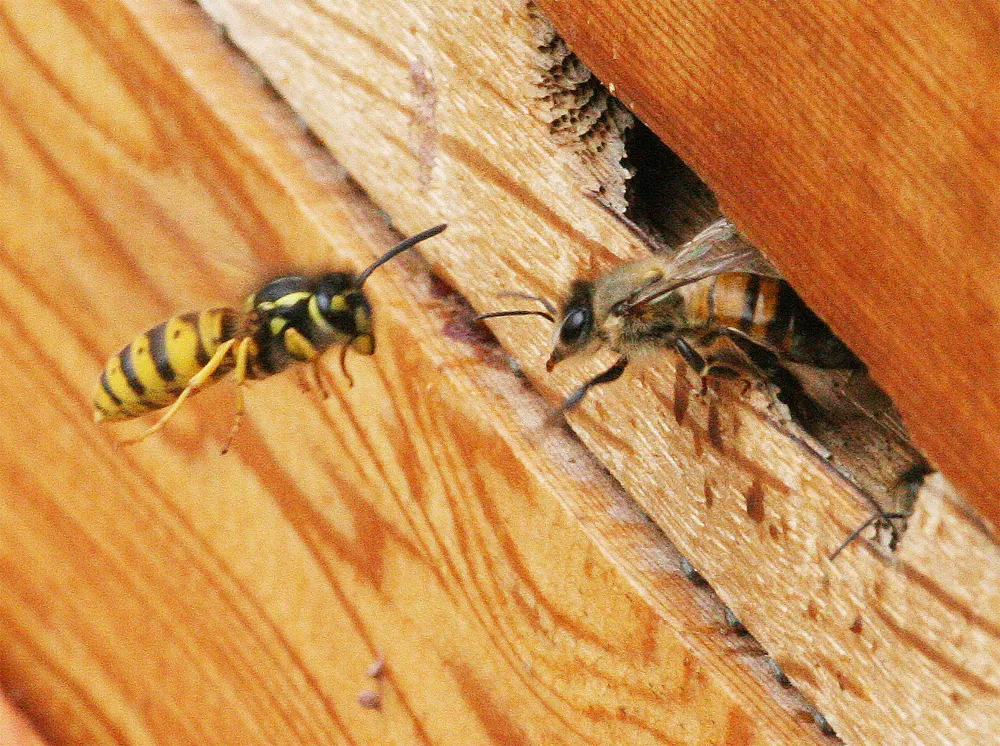
Field Bee
For the remainder of the worker bees life it will be a field bee.
Days 22-34
Field bees duties include visiting flowers to pollenate them and collect pollen and nectar. They are also responsible for collecting propolis which is used for sanitation and water collection to feed the brood.
A worker bee weights about 1/10 of a gram and can carry 1/2 her body weight or 0.05 grams, but often only 0.02 grams.1 In order to make 1 lb. (1/2 kg) of honey 2 million flowers must be visited which requires approx. flying 55,000 miles (88500km). An average hive can produce between 60 - 100 lbs per year (27-45kg). A worker bee makes only 1/12 teaspoon (0.4ml) of honey in it's lifetime.2

Days 35-45
Depending upon the time of the year, sometime within this period the worker bee will perish. A majority of the bees will leave the hive to die as to not leave the burden on the hive to dispose of their corpse.
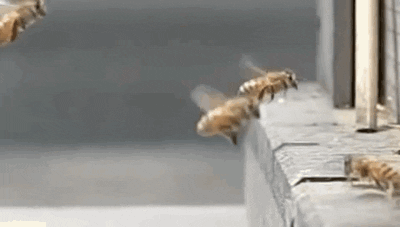
1 - Beekeeping for All - Abbe Warre
2 - www.goldenblossomhoney.com

Beekeeping for Everyone! Series
Follow me (@bushkill) so you don't miss the next post in the Beekeeping for Everyone! series
Check out all the posts in the Beekeeping for Everyone! series
#1 - Introduction
#2 - The Importance of Pollinators
#3 - Honeybee Castes
#4 - Honeybee Queen - part 1
#5 - Honeybee Queen - part 2

Talk Beekeeping

https://discord.gg/RwmvvFH

Keep On Keeping!

@bushkill
